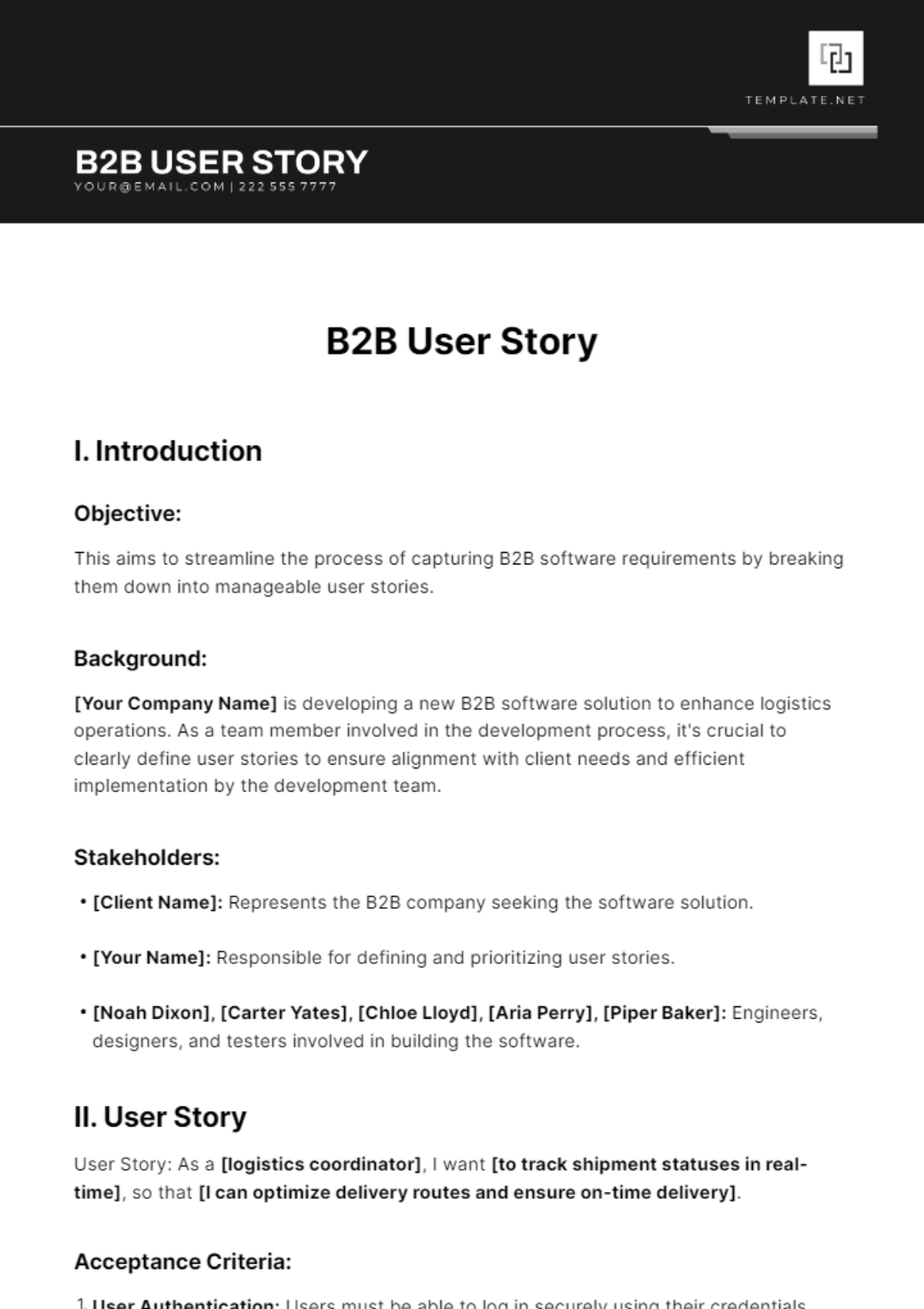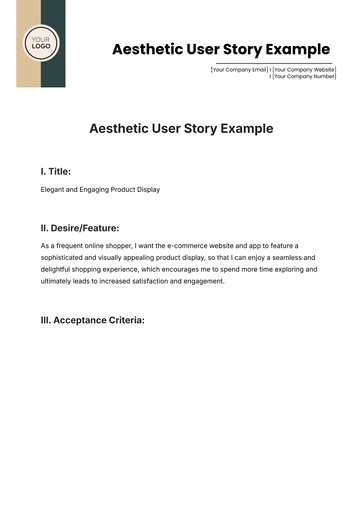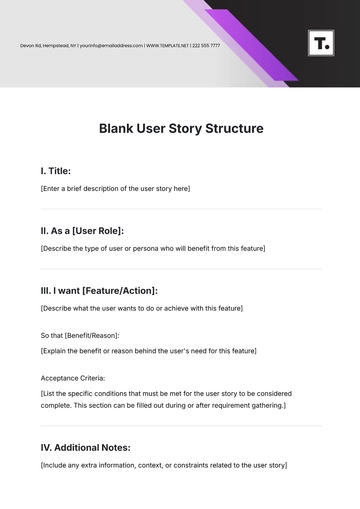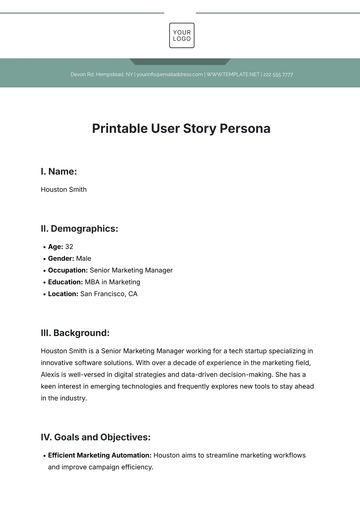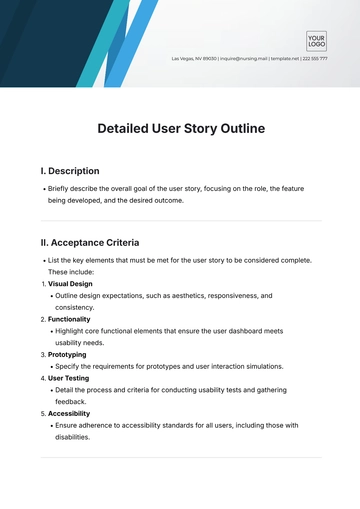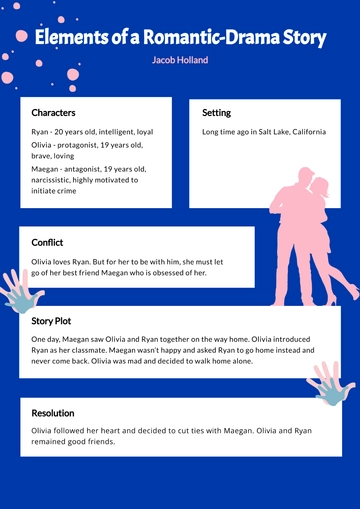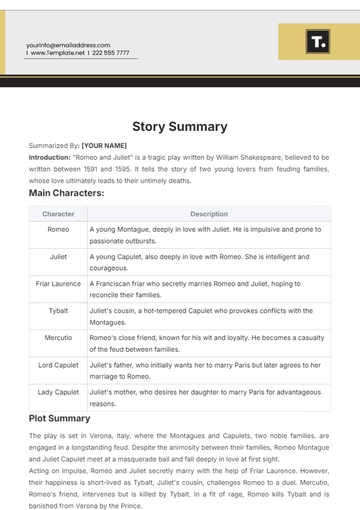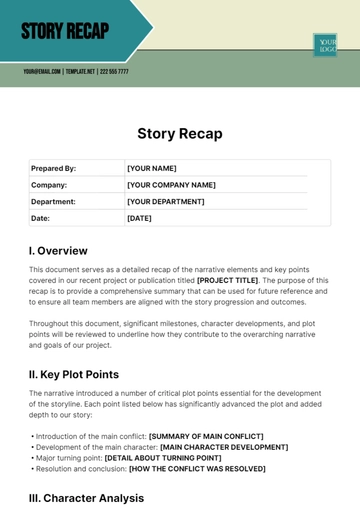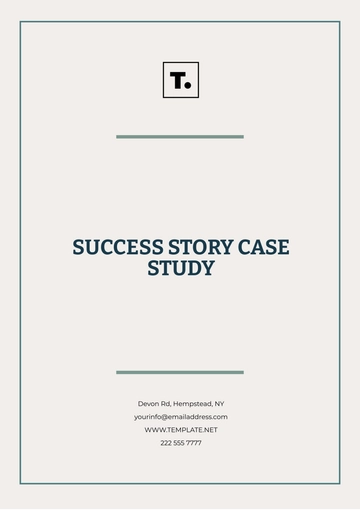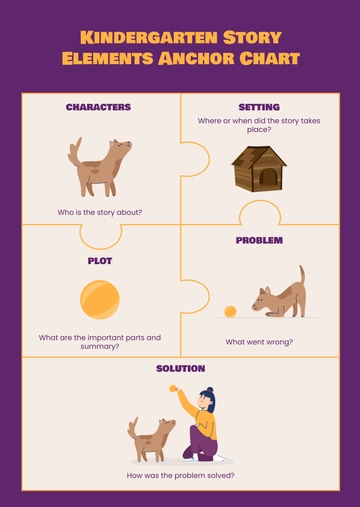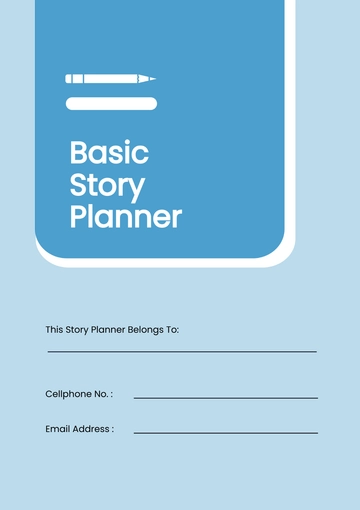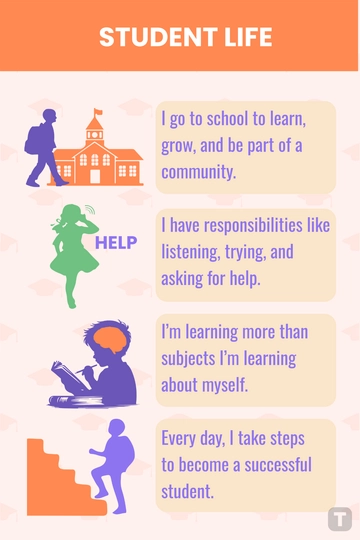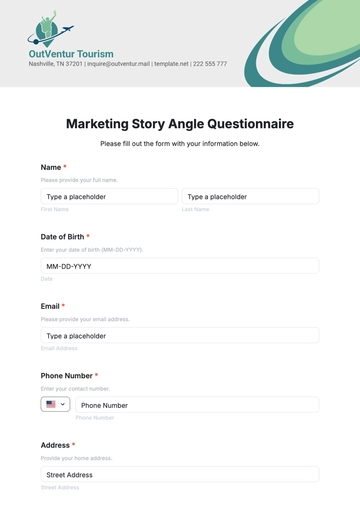B2B User Story
I. Introduction
Objective:
This aims to streamline the process of capturing B2B software requirements by breaking them down into manageable user stories.
Background:
[Your Company Name] is developing a new B2B software solution to enhance logistics operations. As a team member involved in the development process, it's crucial to clearly define user stories to ensure alignment with client needs and efficient implementation by the development team.
Stakeholders:
[Client Name]: Represents the B2B company seeking the software solution.
[Your Name]: Responsible for defining and prioritizing user stories.
[Noah Dixon], [Carter Yates], [Chloe Lloyd], [Aria Perry], [Piper Baker]: Engineers, designers, and testers involved in building the software.
II. User Story
User Story: As a [logistics coordinator], I want [to track shipment statuses in real-time], so that [I can optimize delivery routes and ensure on-time delivery].
Acceptance Criteria:
User Authentication: Users must be able to log in securely using their credentials.
Real-time Shipment Tracking: The system should fetch shipment data from carriers and display it in real-time.
Route Optimization: Provide features for analyzing shipment data to identify optimal delivery routes.
Delivery Alerts: Users should receive alerts for any delays or exceptions in shipment status.
Performance: Ensure that the system can handle large volumes of shipment data without significant slowdowns.
Additional Details:
Technology Stack: Node.js, React, MongoDB
Integration Requirements: Integration with major shipping carriers' APIs.
III. Business Value
Implementing real-time shipment tracking enhances operational efficiency, reduces delivery delays, and improves customer satisfaction. By optimizing delivery routes and providing timely alerts, [Your Company Name] can minimize costs and maintain a competitive edge in the market.
IV. Tasks
UI Design: Design the user interface for displaying shipment status and route optimization tools.
Backend Development: Implement backend functionality to fetch and process real-time shipment data.
Frontend Development: Develop frontend components for user interaction with shipment tracking features.
Testing: Conduct unit tests, integration tests, and user acceptance testing for reliability and accuracy.
Deployment: Deploy the feature to a staging environment for client review.
Estimated Effort: 40 story points
V. Dependencies
API Integration: Dependency on shipping carriers' APIs for real-time shipment data.
Data Migration: Migration of existing shipment data to the new system.
Approval from Client: Client approval required for UI design and feature implementation decisions.
VI. Risks and Mitigations
Risks:
API Downtime: Risk of downtime or API changes from shipping carriers affecting data retrieval.
Data Security: Possibility of unauthorized access to shipment data during transmission.
Mitigations:
API Redundancy: Implement backup APIs from multiple carriers to mitigate downtime risk.
Encryption: Use SSL/TLS encryption for secure transmission of sensitive shipment data.
VII. Acceptance Criteria Review
Review Participants:
Outcome: Obtain approval from stakeholders to proceed with development.
VIII. Conclusion
Next Steps:
Begin development according to the outlined tasks.
Conduct regular progress updates with stakeholders.
Refine user stories based on feedback and evolving requirements.
User Story Templates @ Template.net
